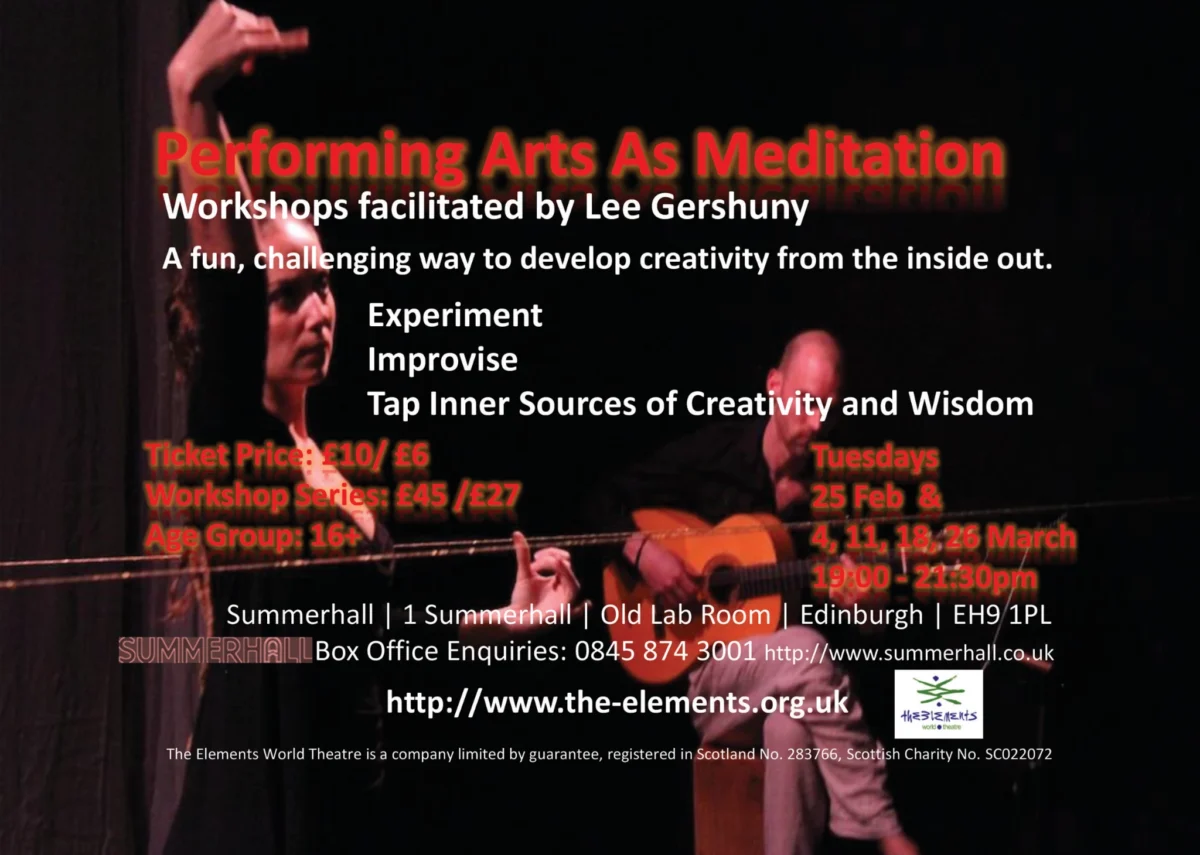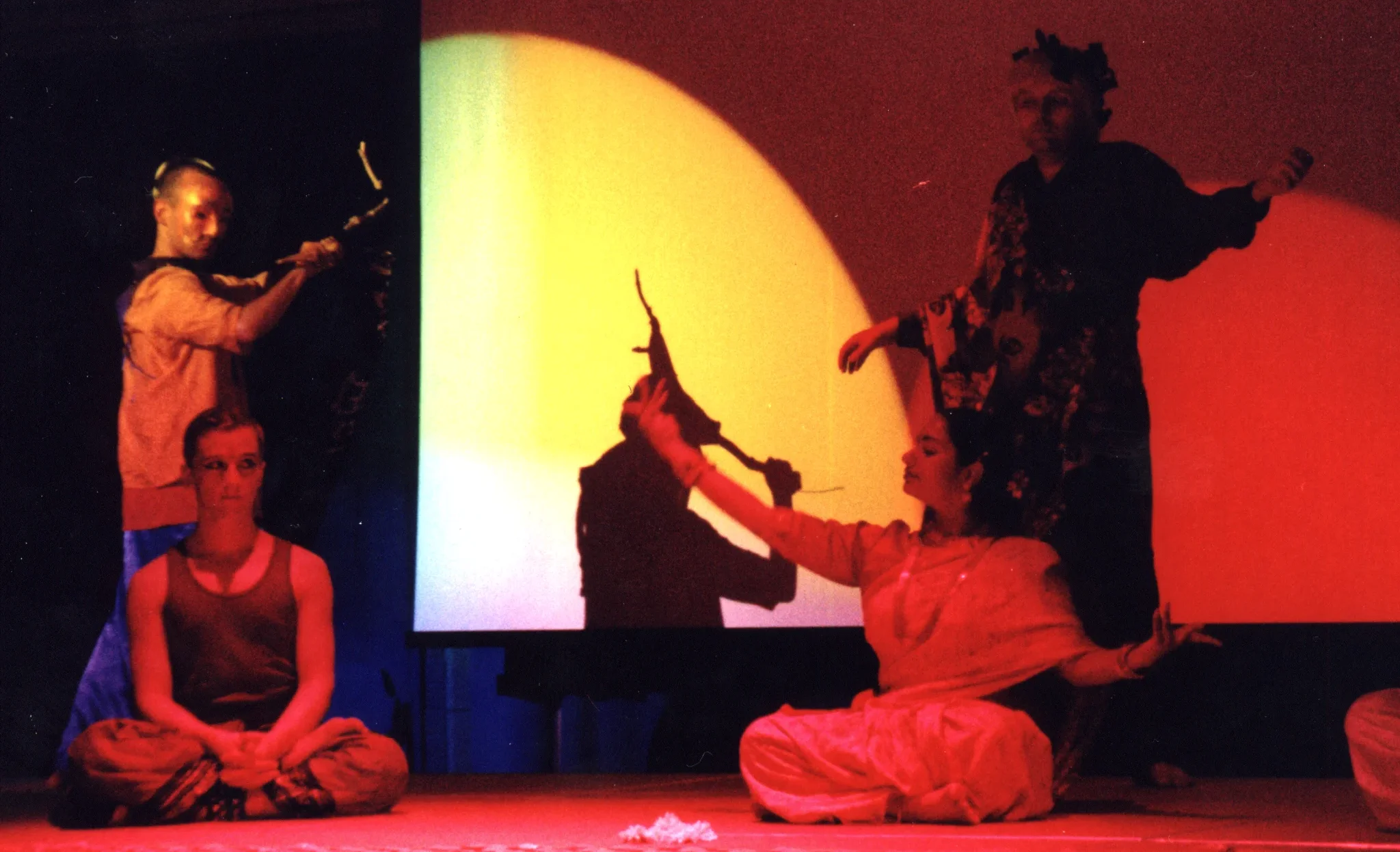Stretching the Boundaries of Performance & Theatre
Theatre of Being
Lee Gershuny produced a very extensive ‘body of work’ across the genres of playwriting and poetry but she was interested in something far broader. The role of arts – and more generally the performance arts – as process; as a vehicle for transcending limitations and boundaries, whether those inherent within a conflict or more fundamentally our limiting sense of identity.
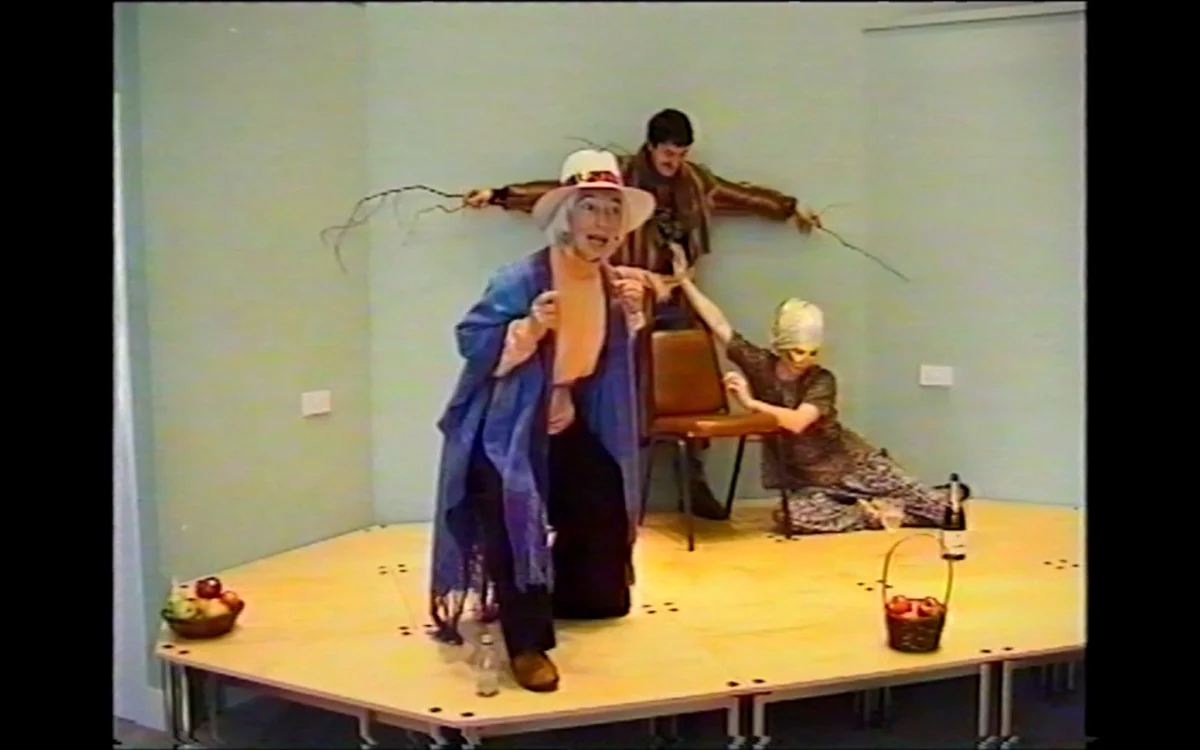
As a result, she experimented with a variety of formats and styles. Jazz Theatre morphed into Theatre of Being and text flowed seamlessly into dance and music rather than these being discrete ‘additions’ or accessories.
At its heart was improvisation and a search for authenticity in the moment. The sub-title for Theatre of Being – Creative Development of the Whole Person – says much about the underlying ethos of much of her work.
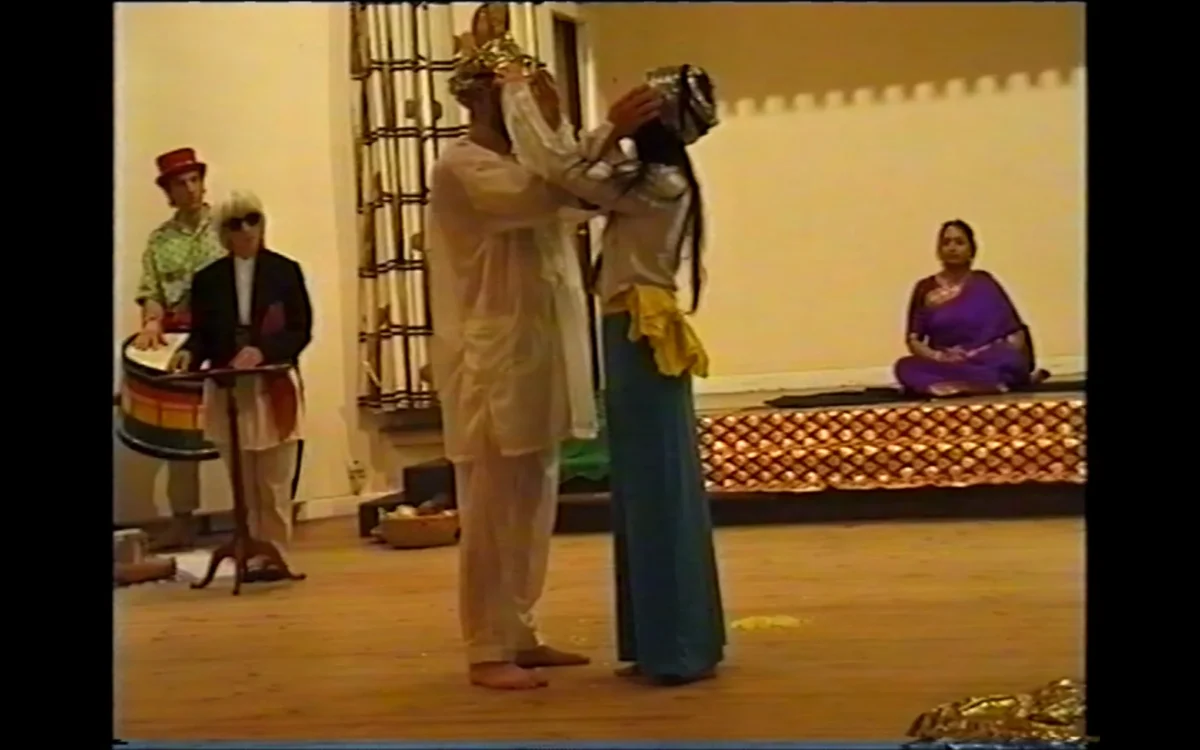
One of the recurring ‘venues’ for these explorations was The Cafe of No Tomorrows, a surreal cafe where a waiter served up not just food but provocative insights and interventions. Another framework was the Katie Xpresse Interviews, a series of short pieces where a fictional female media reporter cross-examines a notable character – the first Pregnant Man or a Jewish Hitler – to get the root of the subject.
This fluidity – in style, pace and format – placed considerable demands on the members of the company so perhaps it was no surprise that many were not just accomplished actors but also musicians, accustomed to ‘jamming’ and improvisation.
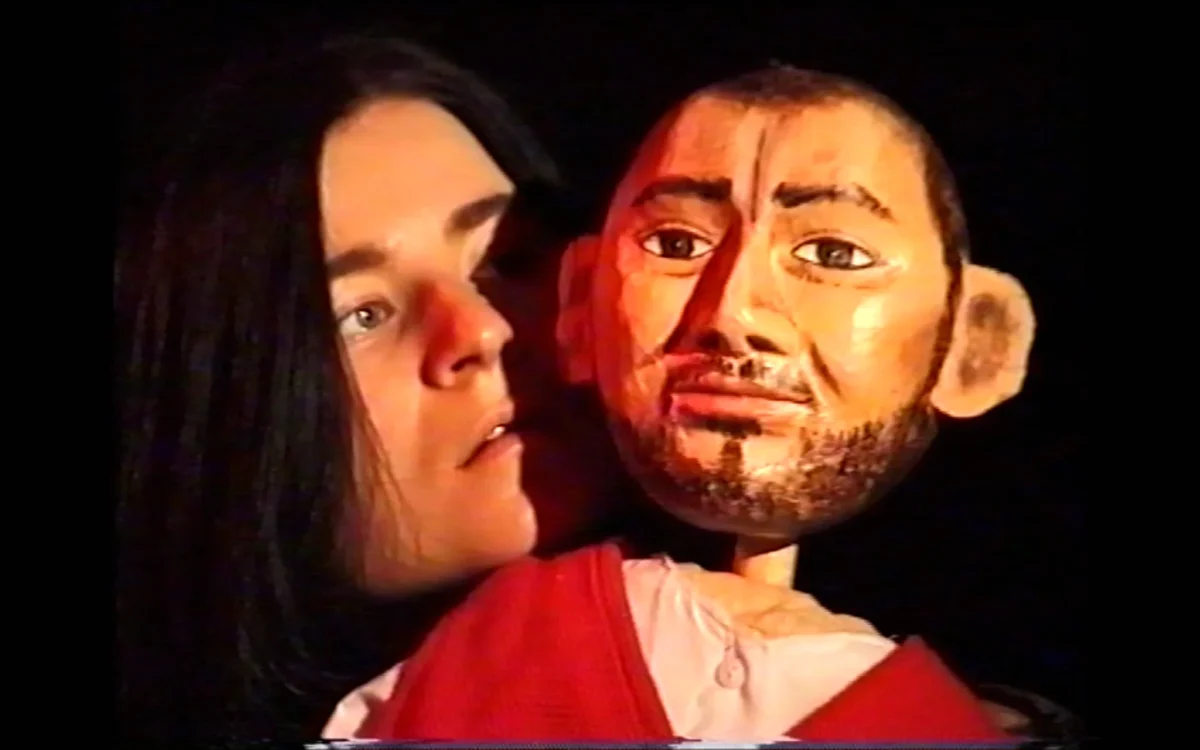
The focus on process was also dramatically different from much of the Agitprop theatre or ‘social realism’ prevalent in Scotland at the time. Combined with her use of myth and archetype it placed her work outside the then current mainstream and in a sense outside of time.
While audiences often responded very positively, without perhaps knowing why, many conventional reviewers clearly struggled. When positive reviews were forthcoming comparisons were made with Artaud, Beckett and Ionesco.
“Theatre of Being has changed my life”
Actor
The Theatre of Being – short documentary video
Working Creatively With Conflict
Conflict resolution and peace-making were big themes for Lee so she experimented with a variety of formats to engage with the issue. She also saw conflict as a virtually essential component in any creative endeavour but something to be worked through and transcended leaving no residual or ‘float’ for the future.
Early experiences in New York with ‘encounter groups’ plus a subsequent and longer training in Dr Arnie Mindell’s Process Oriented Psychology while in Scotland profoundly influenced her approach. One of the core ideas she adopted was Mindell’s concept of metaskills; cultivating the subtle but powerful set of personal attributes underlying the effective use of conventional conflict resolution tools and techniques. These included grounded-ness, equanimity and a ‘Third Person Orientation’ or the Witness viewpoint.
Major productions such as Where’s The Power dealt with conflict and she also ran smaller events in workshop format. As ever they were highly interactive and experiential. These included Playing with Fire and Towards a Sustainable Culture of Peace: Connecting to the Source in the Midst of Conflict. Her Instant Peace Lab workshops aimed to give participants the awareness and tools to resolve conflicts before they escalated. They were advertised as “a fun, challenging way to develop creativity from the inside out.”
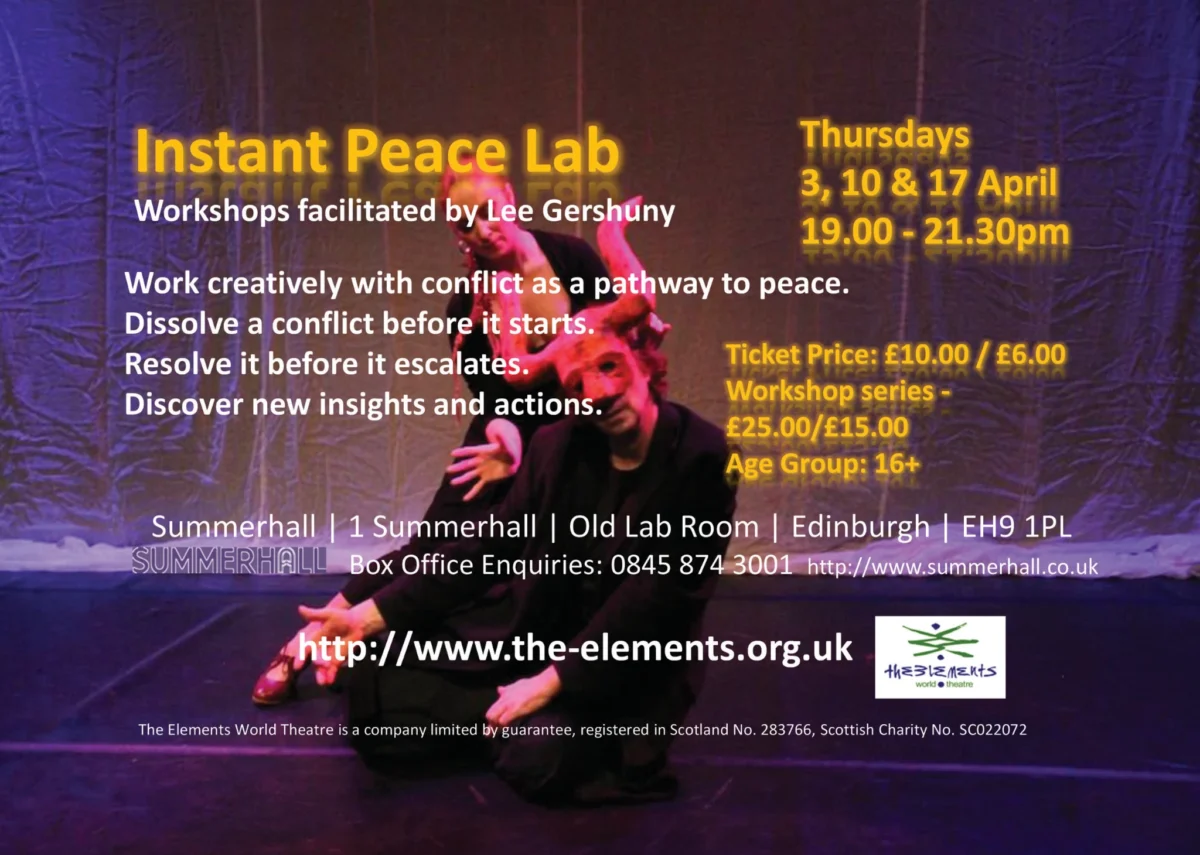
Her paper Processing Gender Conflict in Theatre reviews a number of her attempts to use drama to work on specific conflict issue. Return to Eden deals with gender conflict between Adam and Eve while Disturbances in the Field relates to the problems society has around different forms of mental health. Lastly, The Justice Project – which ran for several years in numerous locations – dealt with conflicts related to the arrival and integration of asylum-seekers and people from quite different cultures.
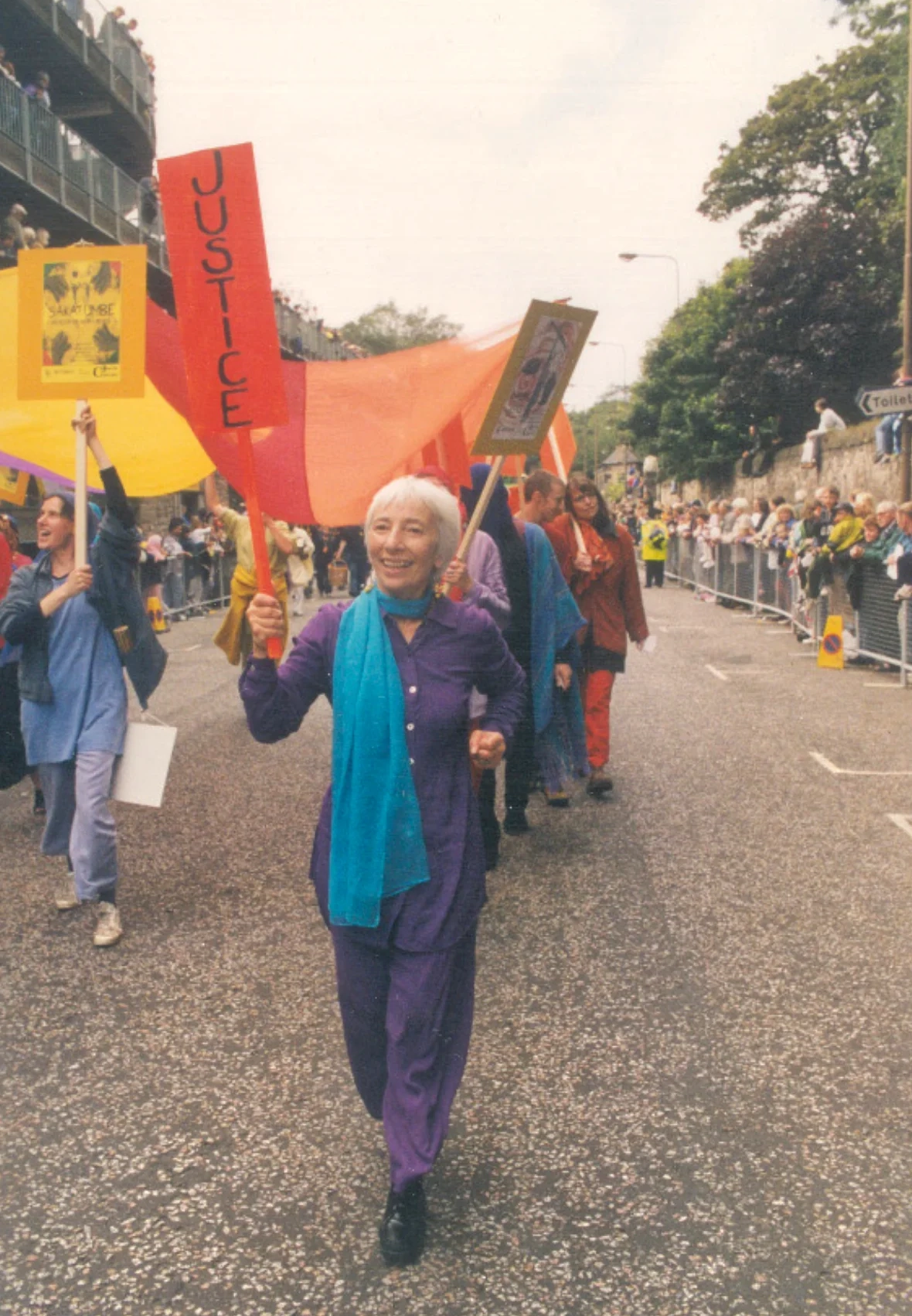
Performing Arts as Meditation
This was a workshop series that Lee offered in her later years.
Conventionally meditation is viewed as an activity; something we do, and moreover something done in a restricted range of ways and contexts. However over time Lee increasingly came to see and articulate it as something far more radical; as a way of being in the world, one divested of the personal and anchored in the universal and timeless. Seen in that way most if not all of her activities led to this point.
